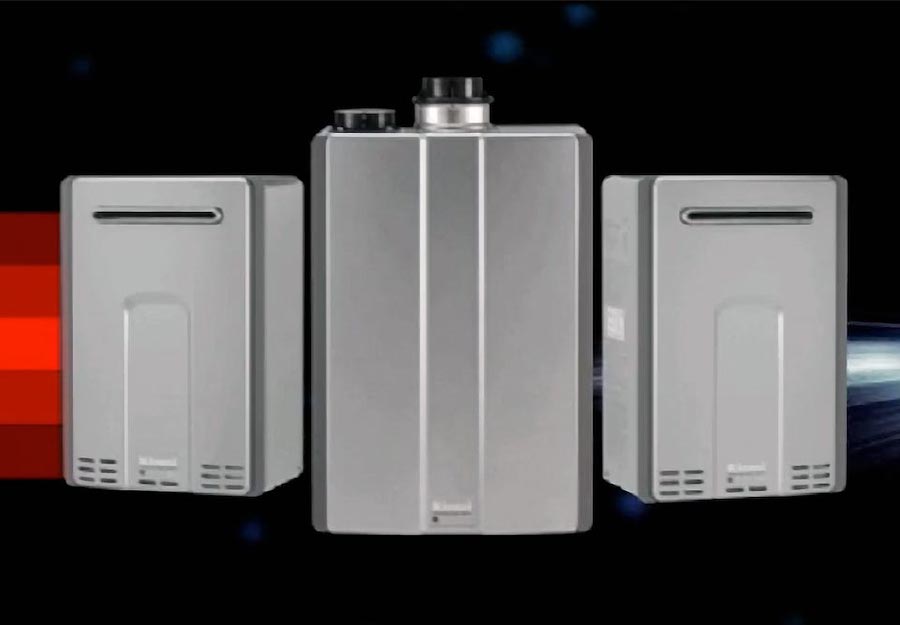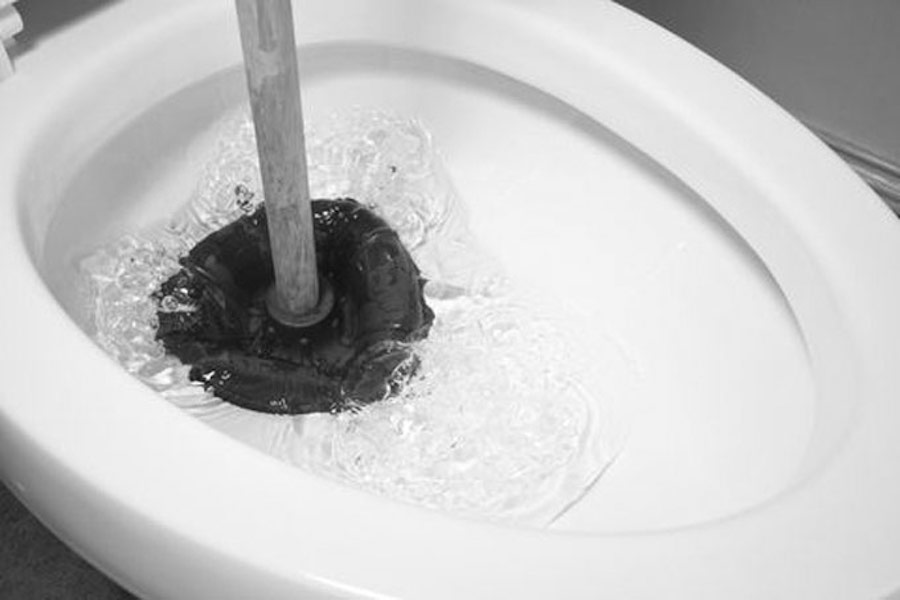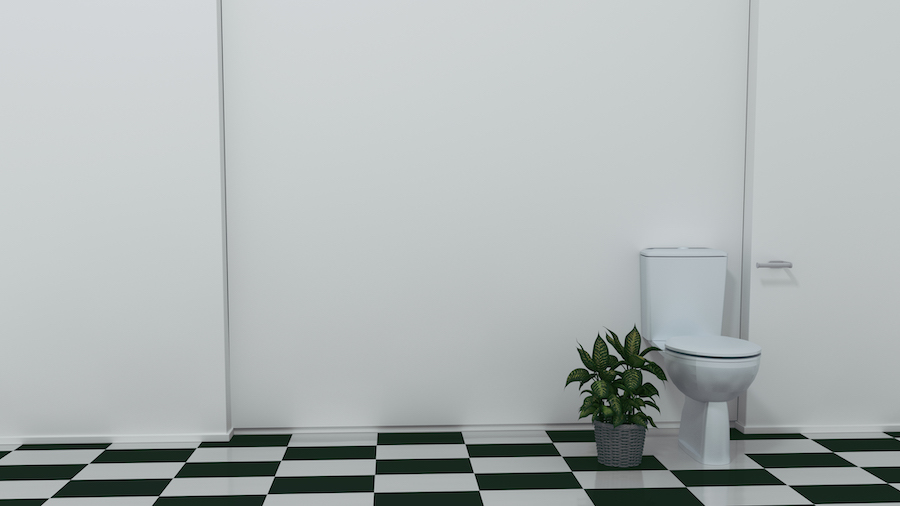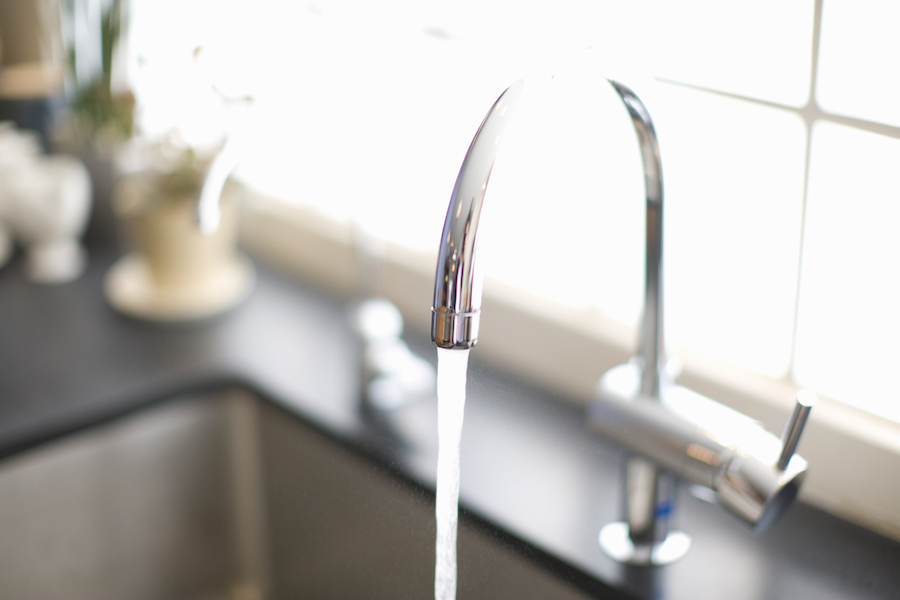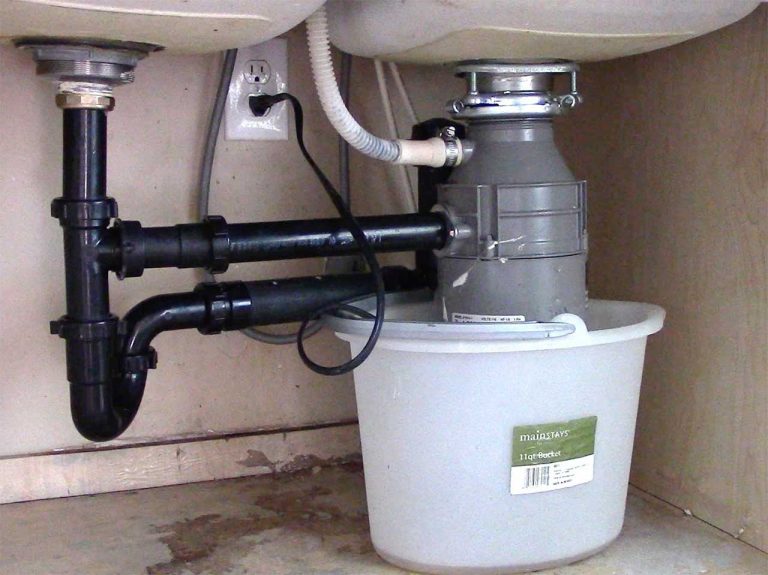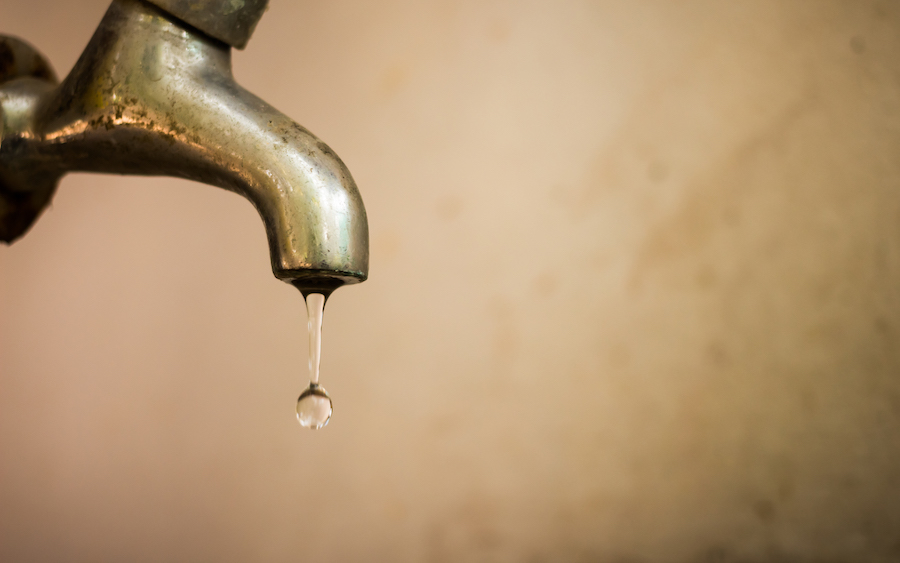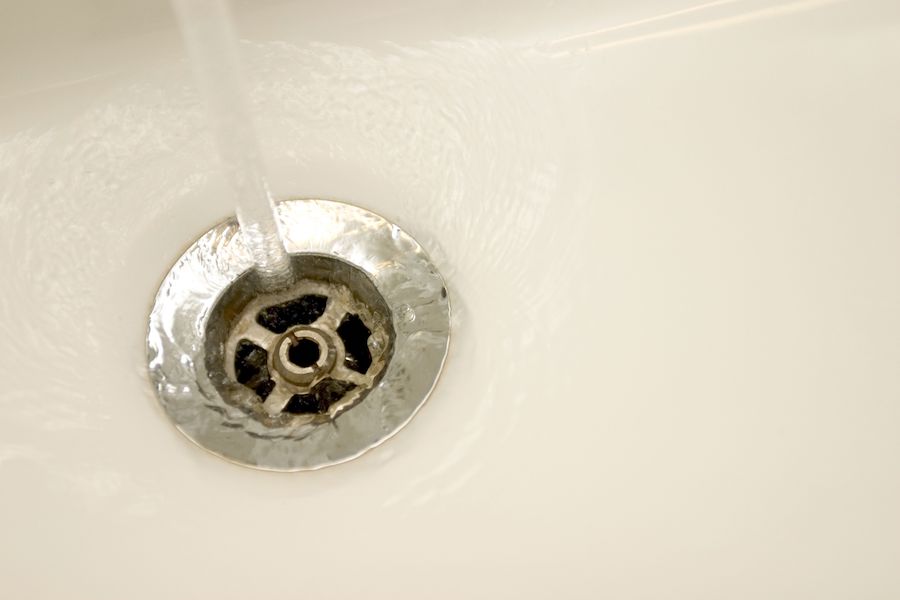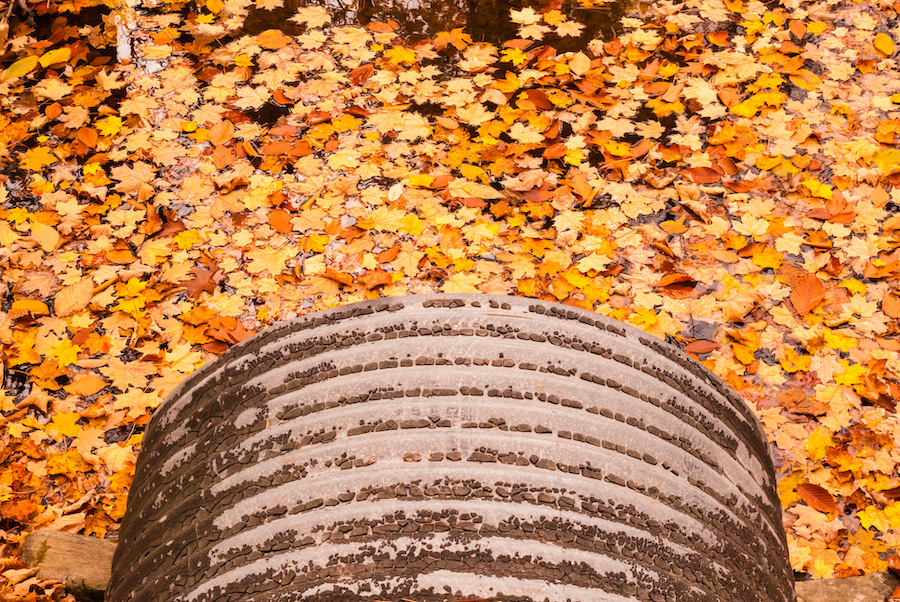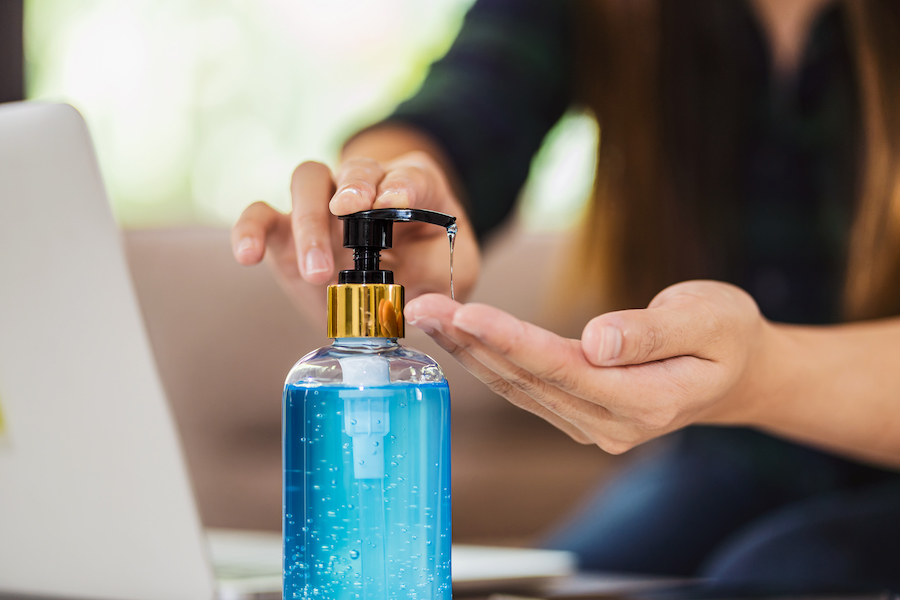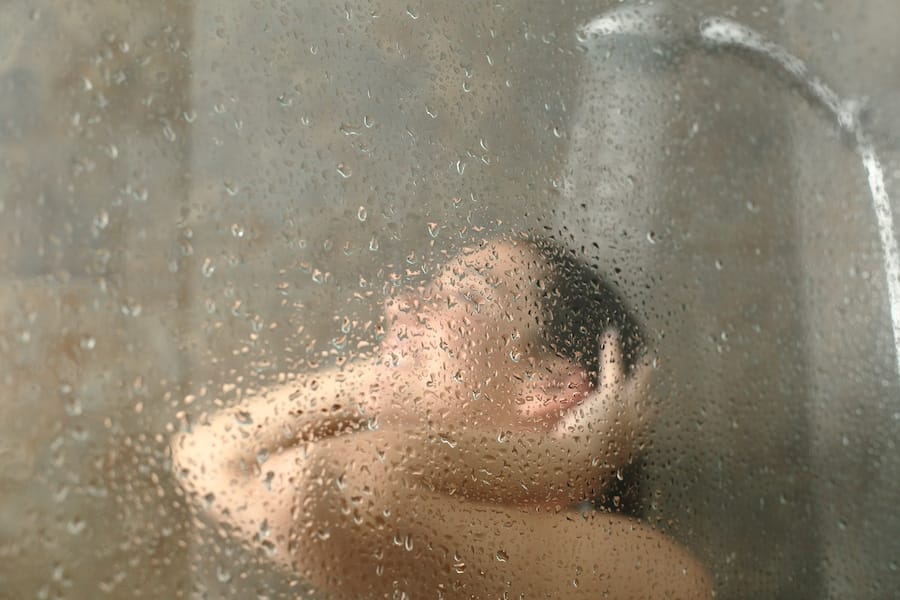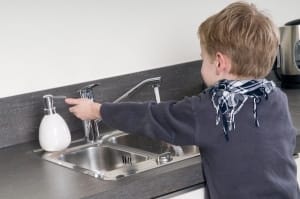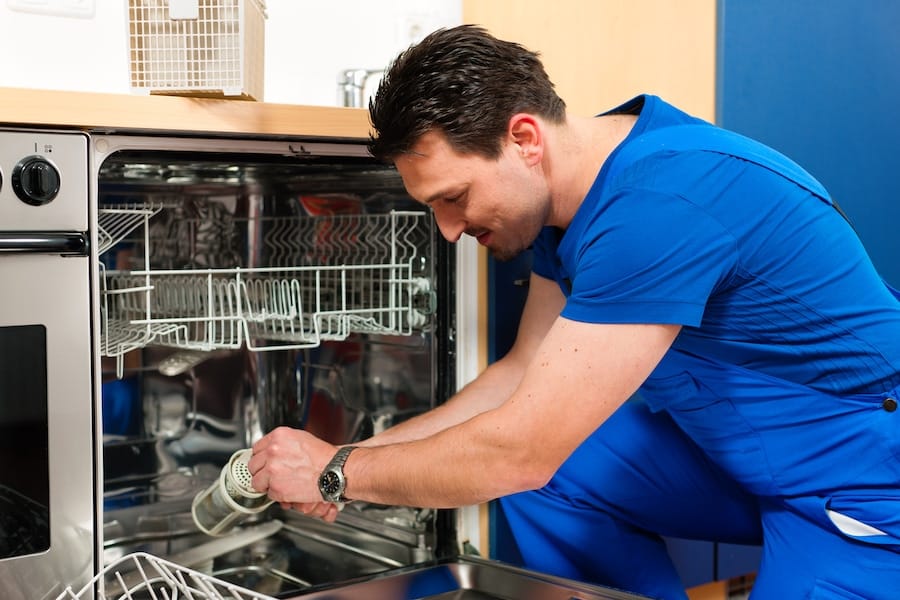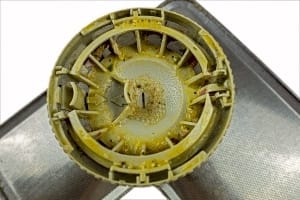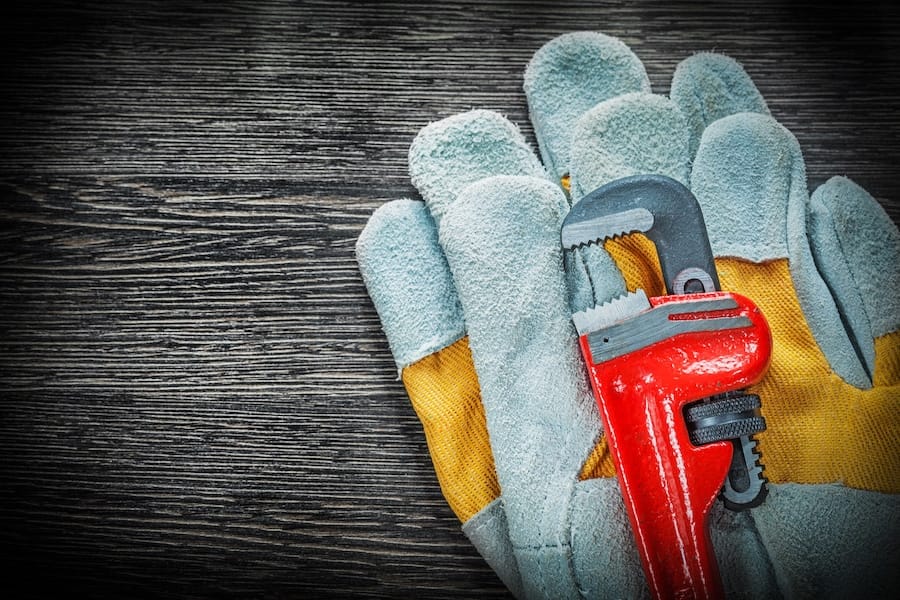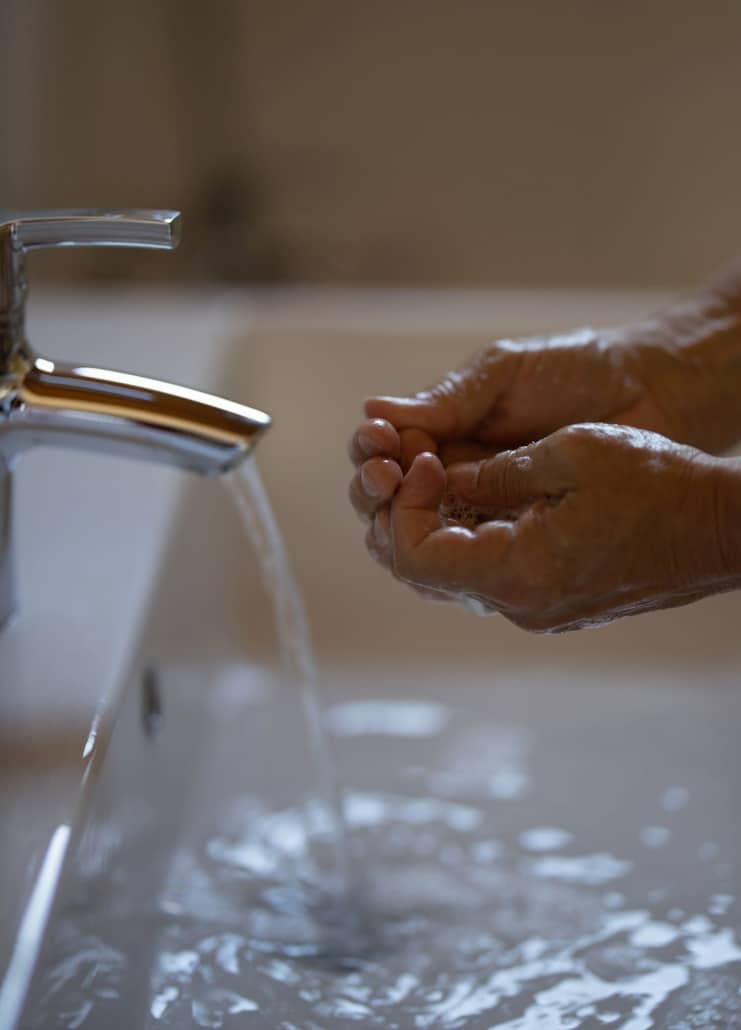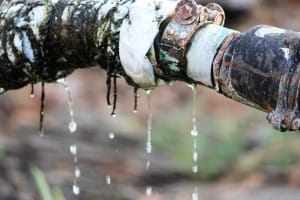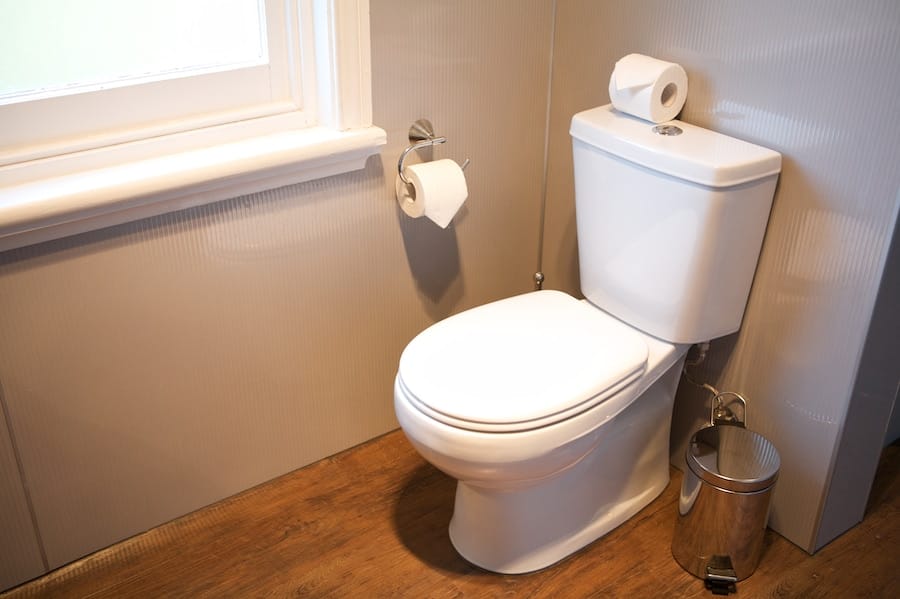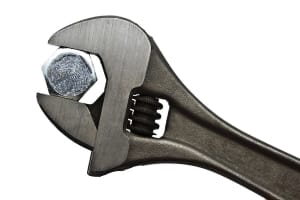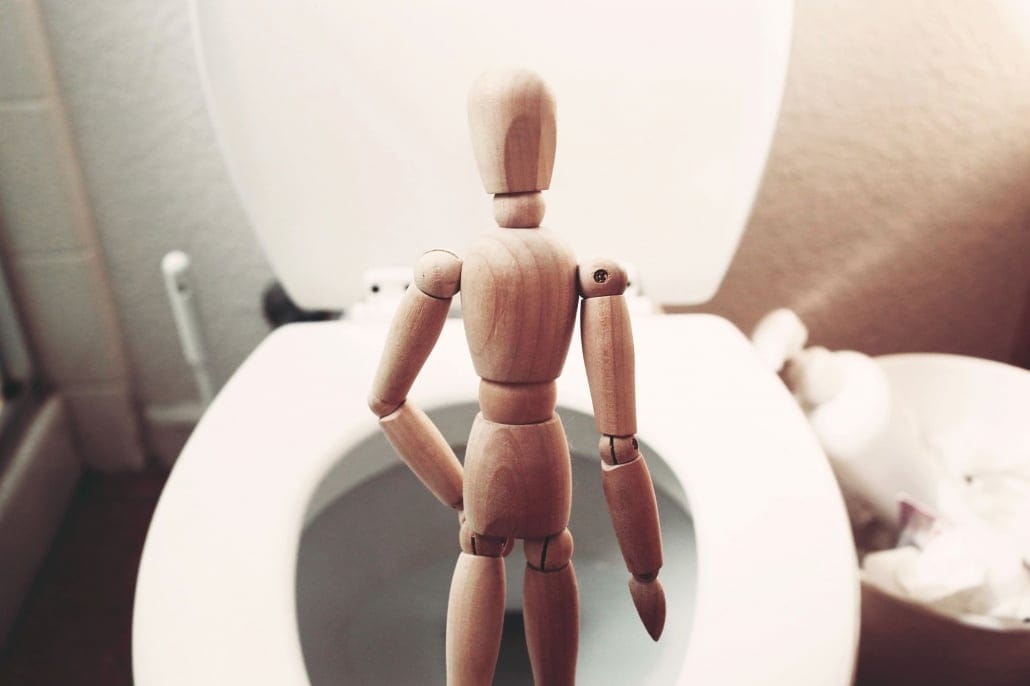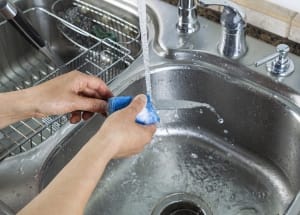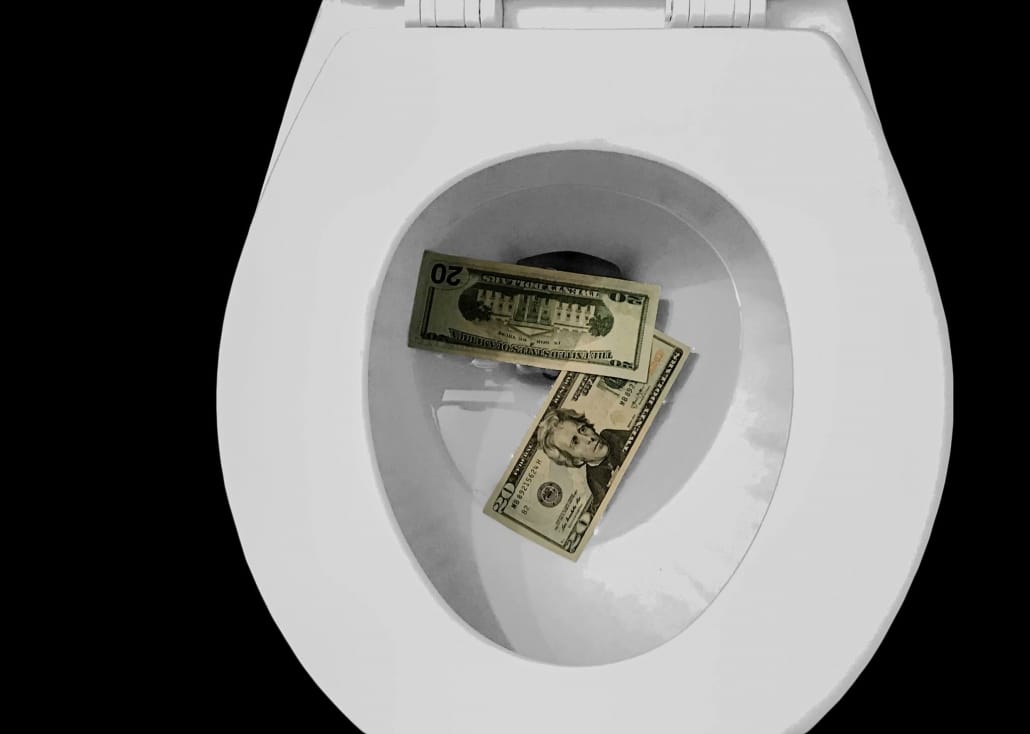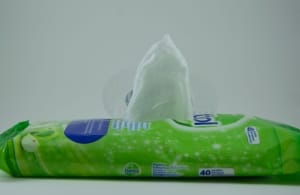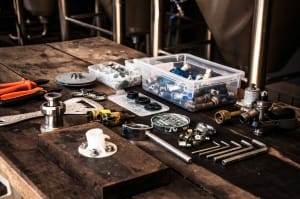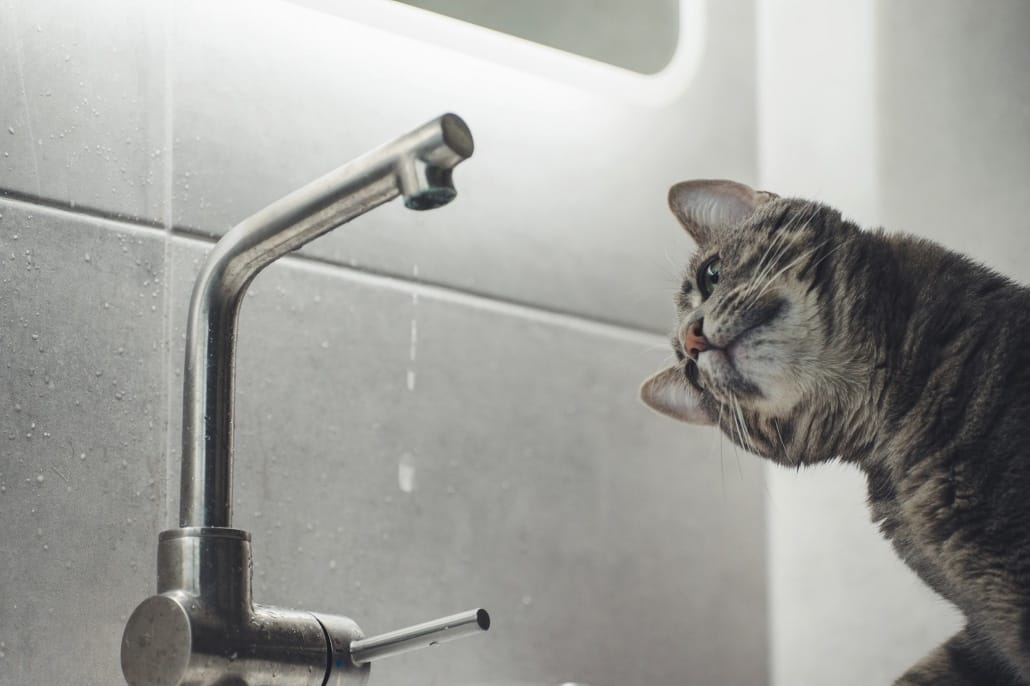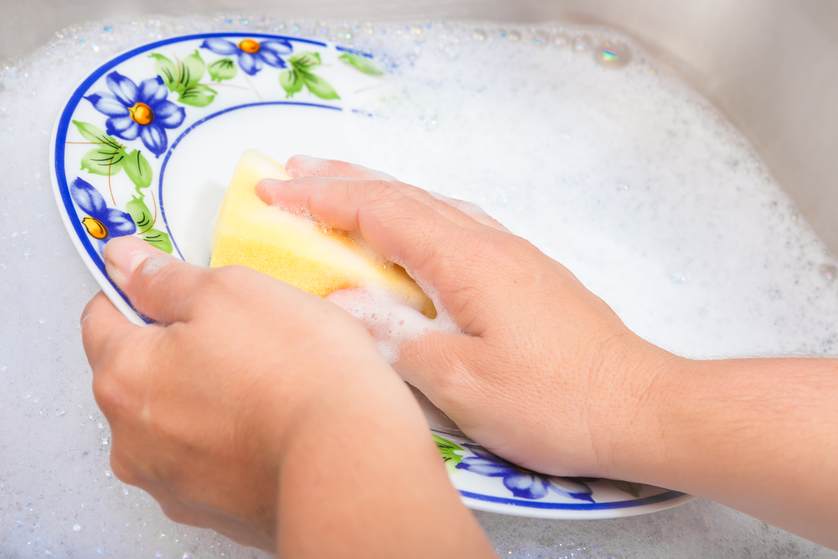What Water Heater Size is Right for Me?
This is a question that almost all homeowners who built a new home are familiar with. Likewise, it is certainly a thought that has crossed anyone’s mind who has run out of hot water in their home at some point. No matter when you thought to ask, or if you hadn’t yet, regardless something you will want to know as a homeowner is what is the correct Water Heater Size you need.
The amount of hot water dispensed versus how much you and your family need are certainly one reason you need the correct Water heater Size. Likewise, if your unit is too big, you are looking at a spike in your monthly energy bill. So, luckily for you, the number one name in Raleigh area water heater experts is Poole’s Plumbing. Below, we will identify each style of water heater available and also how to calculate the size that fits your home.
Know Types Before Looking at Size
Yes, we know our purpose here is to decipher what is your ideal size of Water Heater. We will get to that for sure by the end of our article, but first, we’d like to get you more familiar with each of the three main types of residential water heaters.
Types of Water Heaters
- Tankless Water Heater- a somewhat newer type of water heater. Usually, these cost more upfront but in the long run, saves you due to energy efficiency.
- Storage Tank Water Heater- These are the standard and most common water heaters. Available in both gas and electric units. These type of water heaters has low upfront costs. These units have an insulated tank that stored hot water until it is needed.
- Solar Water Heating System– This variety of water heater has a storage tank and a solar collector. With these, you can choose from two types of water systems, first there is active solar water heating. Which has controls and circulating pumps? Then there are passive solar water heating systems, too. They use none of the pumps or control that others did.
Now We Know the Type, Let’s Calculate Your Water Heater Size
Now that you are at least somewhat familiar with the three types of unit could have, it is time to calculate your correct size. The size that you will need varies from household to household, actually.
In general, however, basing the size on the number of people per home is the most accurate way to gauge your ideal Water Heater Size and eventual selection of one.
Below it is easily bullet-pointed out for you basing the number of people in a home against the Water Heater Size in gallons.
- 30-40 Gallon Water Heater Size for a one or two-person household
- 40- 50 Gallon Water Heater Size for a three or four-person household
- 50 Gallon minimum Water Heater Size for a household of five or more people.
Where Can I Find Out my Current Water Heater Size?
To see the Water Heater Size of the unit in your home right now, you need to look at the manufacturer’s label on the side of the tank. Not only does this tell you the size you have currently, but you can base your decision on size on that number and how often you run out of hot water.
If you would prefer, we here at Poole’s Plumbing would be happy to speak to you about any and all of your water heater questions or any plumbing questions we can be assistance with on top of that. After all, how do you think we became known as Raleigh’s top water heater experts? To contact us at Poole’s Plumbing, visit poolesplumbing.com

